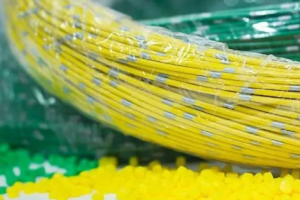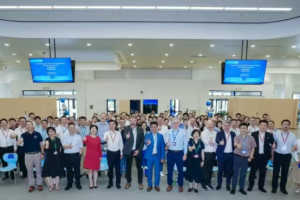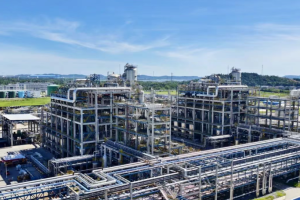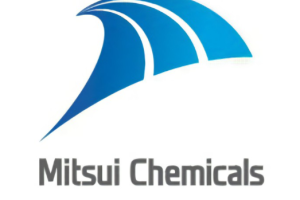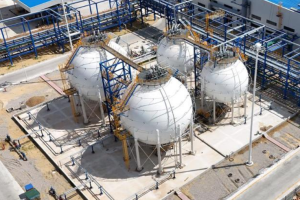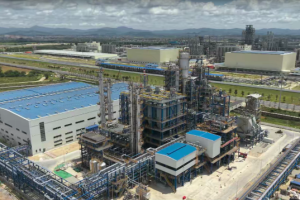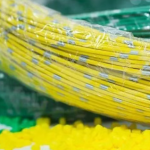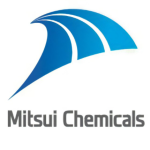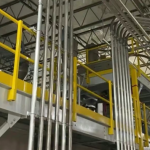May 28, 2025 – What happens to PET beverage bottles after they’re emptied? Should they be discarded casually or recycled properly? These seemingly mundane containers are undergoing a remarkable journey from waste to reuse. Recently, insights from the China Beverage Industry Association reveal significant progress in PET beverage packaging recycling in China, with millions of bottles recycled annually through formal channels.
Data shows that between 2021 and 2023, China’s annual average consumption of PET beverage packaging reached approximately 4.4778 million tons. A comprehensive study by the Chinese Research Academy of Environmental Sciences (CRAES) calculates the nation’s PET beverage packaging recycling rate at an impressive 96.48%. This means nearly 97 out of every 100 PET bottles are effectively recycled, a testament to China’s leadership in packaging waste management and the public’s growing environmental awareness.

To ensure data accuracy, CRAES researchers conducted extensive fieldwork across 31 provincial-level administrative regions, focusing on nine representative cities in five major zones, covering 58,602.57 square kilometers and diverse populations. Using a dual accounting method—tracking both production and waste streams—they identified key trends: unrecycled PET bottles often end up in kitchen waste facilities or landfills, with waste incinerators being the primary route for lost materials.
Collaborative efforts across industries have driven recycling rates higher. Li Shuangping, General Manager of a Yinchuan-based environmental technology company, notes that PET bottles are the most recycled type of plastic waste, with recycled PET flakes being one of the most mature recycled plastic products. After processing, these bottles are repurposed into clothing fabrics, food-grade packaging, and high-value applications like non-crystalline PET sheets and packaging straps.
Industry leaders attribute the success to multi-stakeholder initiatives. Policy-wise, the “ban on foreign waste imports” reduced reliance on overseas materials, while household waste sorting and “zero-waste city” campaigns improved source separation and recycling efficiency. New standards for recycled plastics, circular economy frameworks, and diversified PET reuse methods have also played pivotal roles. Looking ahead, as waste sorting policies expand, China’s PET recycling rate is expected to rise further, contributing to a greener ecosystem.

